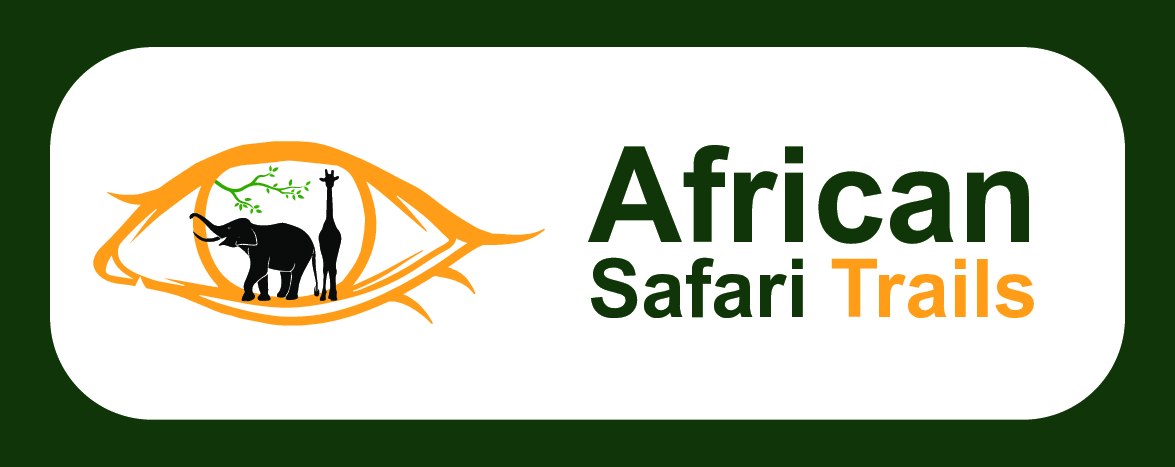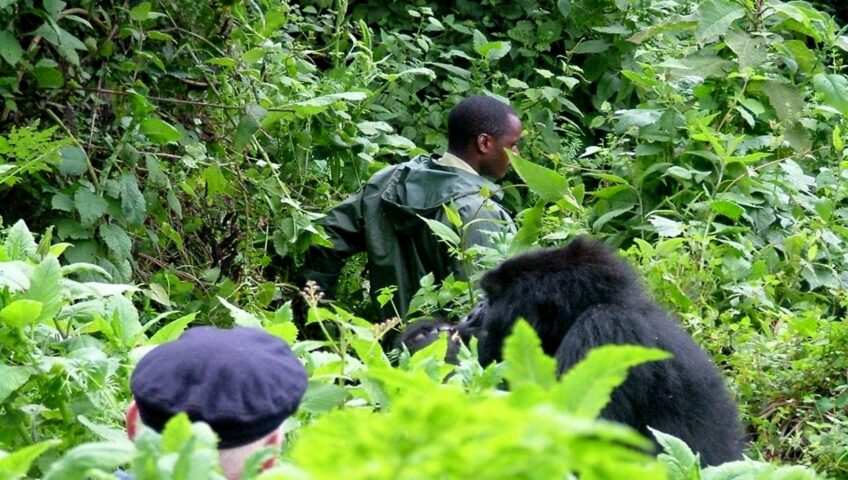For many travelers, gorilla trekking is a once-in-a-lifetime adventure—a deeply moving and humbling experience that connects you to one of our closest relatives in their natural habitat. If it’s your first time planning a gorilla trek in Uganda, Rwanda, or the Democratic Republic of Congo, you likely have plenty of questions about what the experience entails. From the early morning briefing to the moment you stand face-to-face with a silverback, this guide will walk you through exactly what to expect on your first gorilla trekking journey.
The day typically begins before sunrise, with a hearty breakfast at your lodge followed by a short drive to the park headquarters. Here, you’ll join other trekkers for a mandatory briefing by park rangers. During this session, you’ll be introduced to gorilla conservation rules, safety precautions, and general guidelines to follow while in the forest. The rangers will assign you to a specific gorilla family based on your fitness level, group size, and availability. Some gorilla groups are located close to the trailhead, while others require more strenuous hikes into the higher altitudes.
Once your group is ready, you’ll be driven to the trek starting point, which may be a few minutes to an hour from the headquarters. The hike into the forest begins slowly, guided by armed rangers and trackers who have spent the early morning hours locating the gorilla families. The terrain varies from well-trodden paths to dense undergrowth, steep slopes, and occasionally muddy sections. The pace is usually relaxed, with breaks for water and rest, especially if you’re climbing to higher altitudes. Depending on where the gorillas are that day, the trek could last anywhere from 30 minutes to several hours.
When your group finally reaches the gorillas, everything changes. The rangers will signal you to leave your walking sticks and bags behind, and approach the family slowly. You’ll spend up to one hour observing them in silence. This is the moment you’ve traveled for. Watching gorillas groom each other, care for their young, or simply rest in the foliage is both surreal and emotional. The dominant silverback may glance at you with surprising calmness, and the playful infants might swing through branches just meters away. Despite their size and strength, gorillas exude a gentle presence that leaves most visitors awestruck.
Throughout the hour, you’re asked to maintain a safe distance of at least seven meters, avoid sudden movements, and speak only in whispers. Flash photography is not allowed, and you should never attempt to touch a gorilla, even if one approaches you. These rules are strictly enforced to protect both gorillas and humans, especially since mountain gorillas are susceptible to human-borne illnesses. If you’re feeling unwell, you may be asked not to trek at all—a precaution that underscores how delicate this experience truly is.
After the hour is over, the group retreats quietly, retracing steps back to the starting point or meeting location. The mood is usually reflective—most trekkers are overwhelmed by the privilege of having witnessed something so rare and raw. Back at park headquarters, you’ll often receive a certificate to commemorate the experience.
As a first-time trekker, it’s important to come prepared. Good hiking boots, long-sleeved clothing, gloves, and a rain jacket are essential due to changing weather and rugged trails. Insect repellent, sunscreen, and at least two liters of water are highly recommended. Hiring a porter to carry your backpack not only eases your physical burden but also supports the local community.
Gorilla trekking is physically demanding, emotionally stirring, and spiritually enriching. Whether you trek in Uganda’s Bwindi Impenetrable Forest, Rwanda’s Volcanoes National Park, or the DRC’s Virunga, the encounter is intimate, non-commercialized, and carefully managed for sustainability. With the help of experienced operators, you can ensure that your first gorilla trekking experience is both smooth and ethically responsible.
Ultimately, your first gorilla trek isn’t just about wildlife—it’s a journey into a living, breathing jungle, where conservation and awe come together. You’ll leave the forest changed, carrying not just photos and stories, but a deep sense of connection to something greater than yourself.

